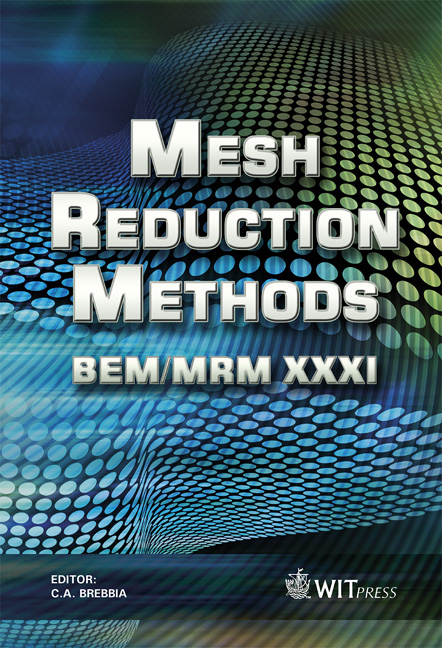Natural Convection Around A 3D Hotstrip Simulated By BEM
Price
Free (open access)
Transaction
Volume
49
Pages
10
Page Range
343 - 352
Published
2009
Size
1,783 kb
Paper DOI
10.2495/BE090301
Copyright
WIT Press
Author(s)
J. Ravnik & L. ˇSkerget
Abstract
A 3D viscous flow solver was developed using a single domain and subdomain boundary element method. The solver was accelerated using wavelet compression and the fast multipole method. In this paper we present results of a natural convection simulation around a hotstrip. The hotstrip is located in a cavity filled with air, its height is one half of the cavities height. The flow generated by the hotstrip source is analysed in terms of flow structures and heat transfer. The position of the hotstrip is varied, its influence of the flow and heat transfer is also analysed. The problem was simulated for air (Pr = 0.71) and for Rayleigh number values up to Ra = 3.15 · 105. The results were compared with PIV measurements done by Corvaro and Paroncini. The results show, that the hotstrip generates two large cylindrical vortical structures, one on each side as well as two small vortices on top of the hotstrip. The size of the vortices is related to the position of the hotstrip within the cavity. Heat transfer analyses show that the heat flux is largest on the sides of the hotstrip, while through the top heat losses are small. Keywords: boundary element method, adaptive cross approximation,wavelet transform, hotstrip.
Keywords
boundary element method, adaptive cross approximation,wavelet transform, hotstrip





